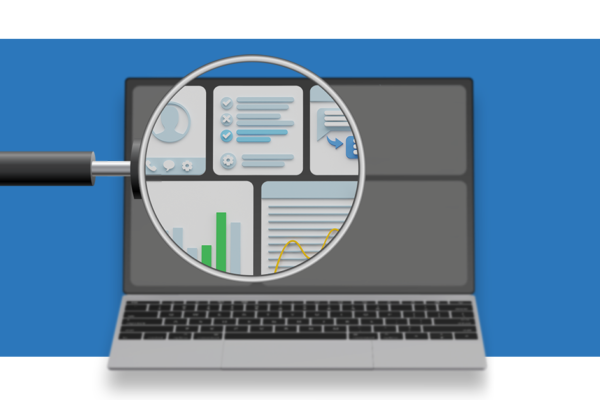Every company has a lot of data to predict future situations, which makes it possible to prepare for both growth and crisis. Even better: It makes it possible to bounce back from the crisis trajectory to success. All you have to do is correctly process and read not only internal but also publicly available data to see your functioning in a broader context. You will be able to continuously model market development and effectively invest your costs and your team’s time capacity.
Big data is only big if you can use it in your company. Otherwise it is a pile of figures that lack meaning. “Many companies are still unaware of what data they generate and how they can use it. Yet every figure, every activity that is recorded is a source of information that will move the company forward. Whether it’s sales, employee efficiency or a lot of other things the company does. This is where it is necessary to start and gradually change managers’ perceptions,” data analyst Radek Nekvapil describes the current functioning of the market.
Where to look for the meaning and how not to overlook the data you have around you every day?
Internal data
There are many data sources. Let’s start with internal data, which is only available to your company and which can give you a great competitive advantage. If you know it, you can put it in context and then use it in the everyday operation of your company.
“Every company has at least data related to the main intention of the company, i.e. sales or production. Even without great analytics, the company can easily get to evaluate the activity of the individual sales representatives or marketing costs,” explains Nekvapil, adding: “Of course, for greater accuracy of outputs it is better to use not only a tool that automates everything, but also to have a team member who is able to read the data correctly.”

Customer and employee behaviour
You can divide your internal sources into two parts. You can collect a lot of data about your customers and their behaviour to be able to prepare an attractive offer according to their needs, be able to set your stock correctly and optimise other activities that you plan for further acquisitions.
In addition to customer data that will lead you to improve your products/services and the associated increase in market share, you also have data on internal processes. While working with customer data and examining customer behaviour is gaining more and more space, employees are still hidden aside, so you don’t see a difference on the revenue side, but every badly set process can be seen in costs.
Publicly available data
To read data correctly, you need to look beyond the internal data and compare it with other publicly available sources that will give you a better idea of the development of the market in which you do business. The market overview is offered by one of the many modules of our Medor Reporting, which provides information about national data.
“There are many publicly available sources, such as the data regularly published by the Czech Statistical Office, which can then be integrated for the purpose of specifying the reported values from company data. At Medor, for example when working with our clients from the pharmaceutical environment, we use data from the State Office for Drug Control, which allows us to quickly show the clients the conditions and potential of the market,” Nekvapil mentions a specific example for one part of the market.
You can easily compare sales with competing products or follow the historical development and potential of individual product groups. Thanks to the data, you can quickly obtain information about product groups in which there are business opportunities or, conversely, in which it no longer makes sense to invest.




